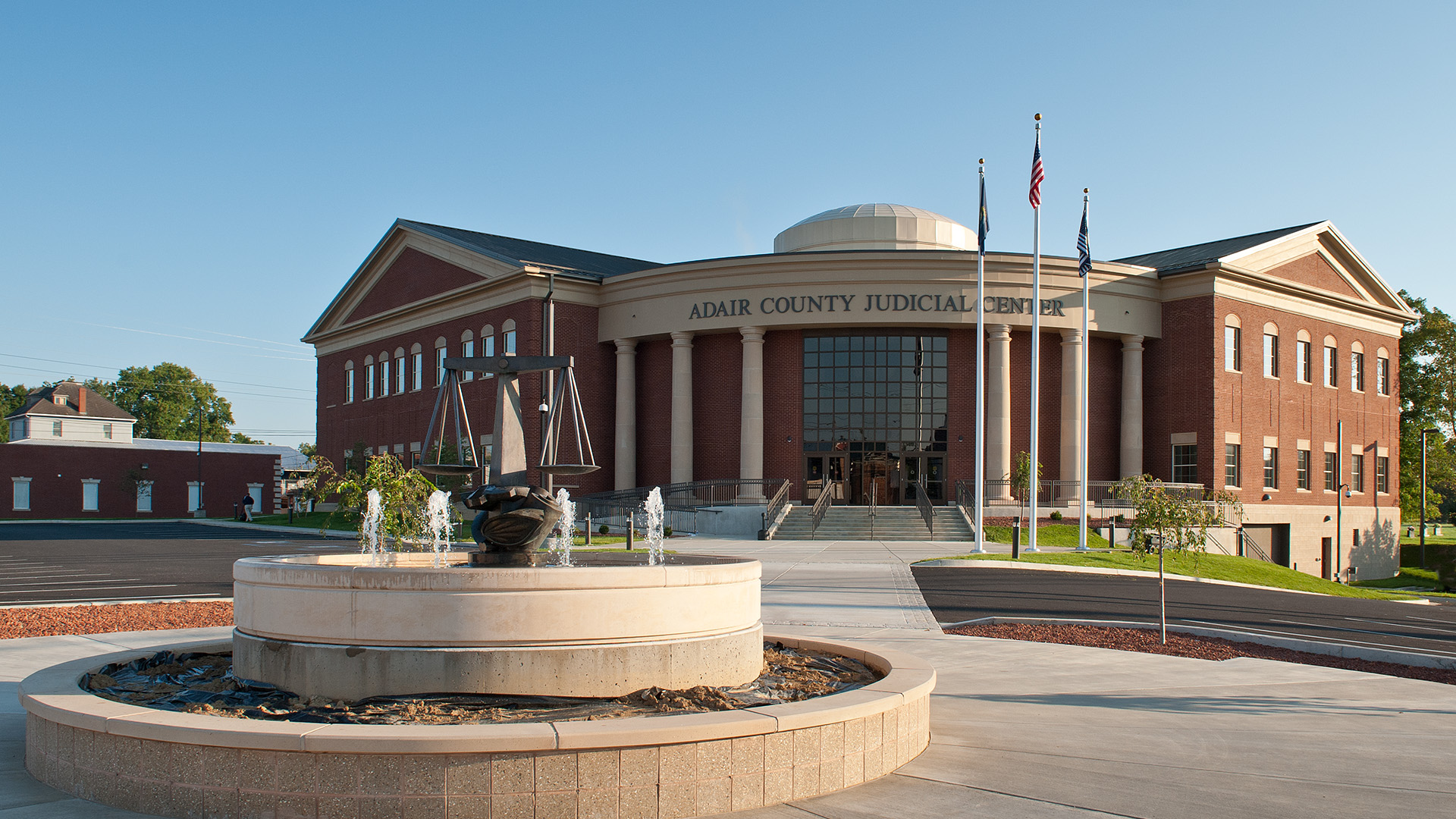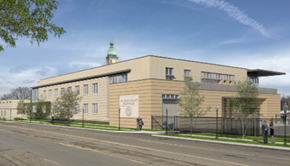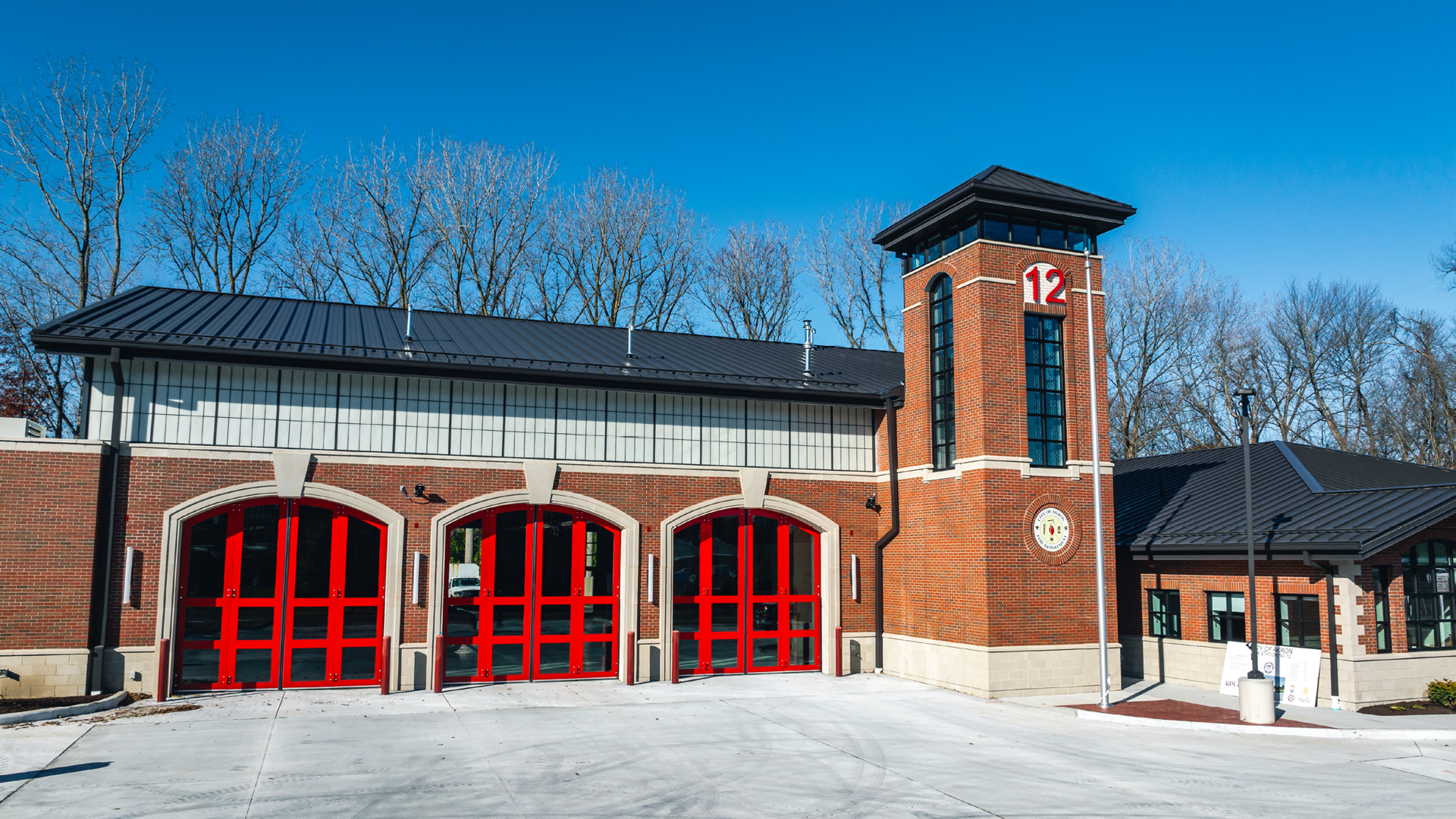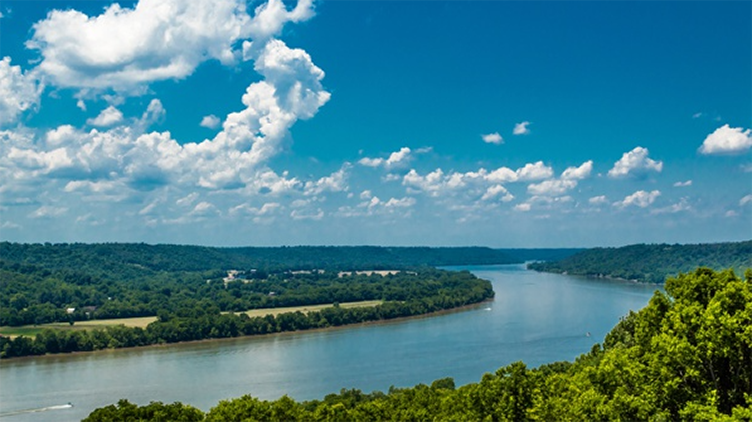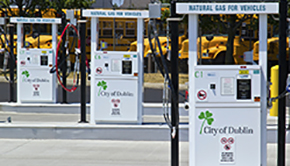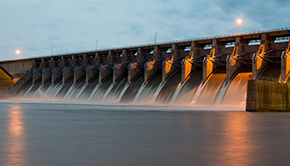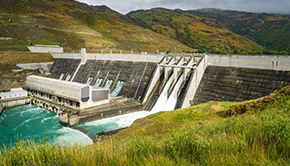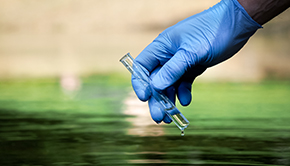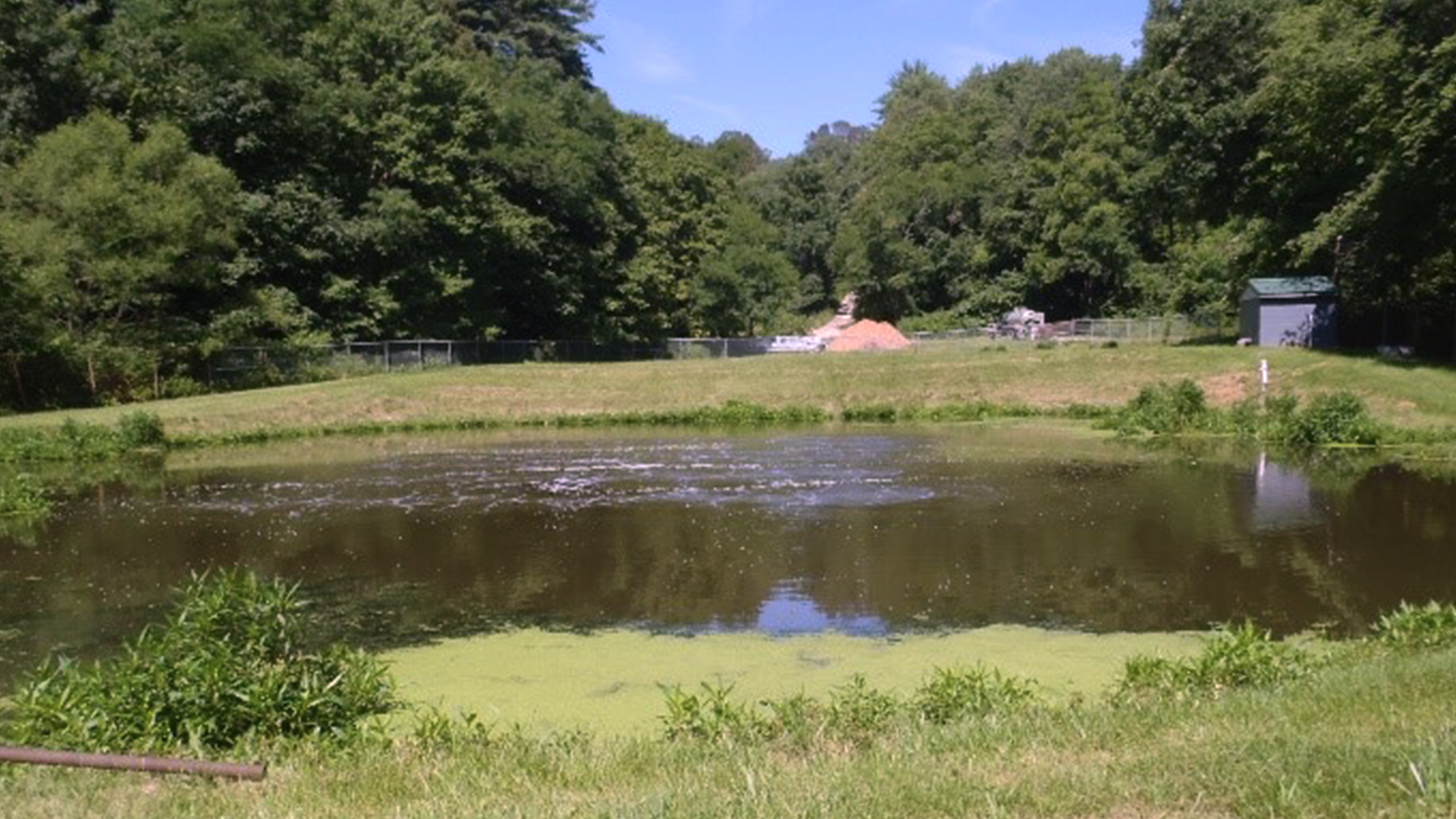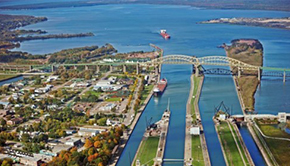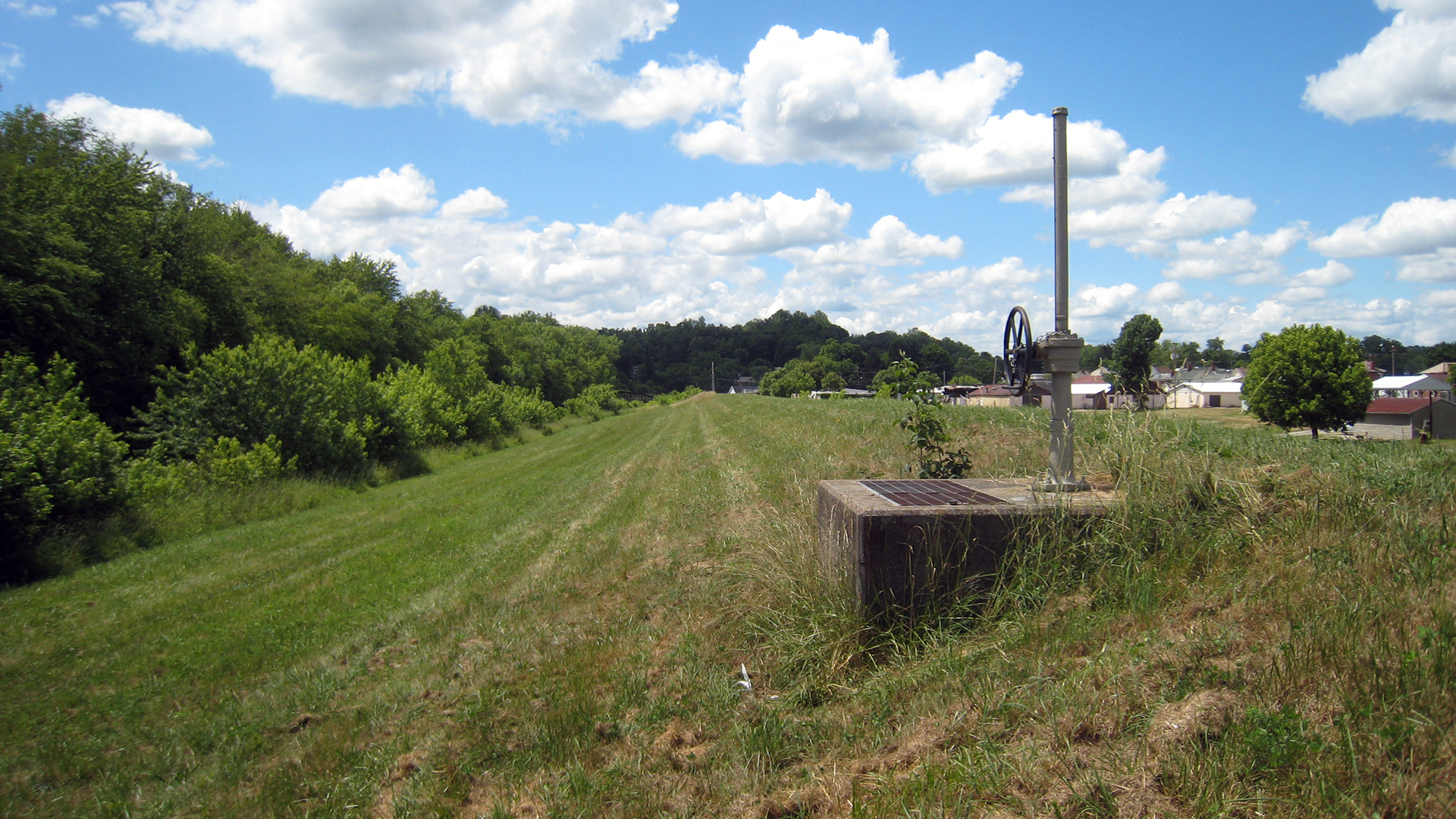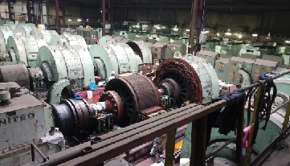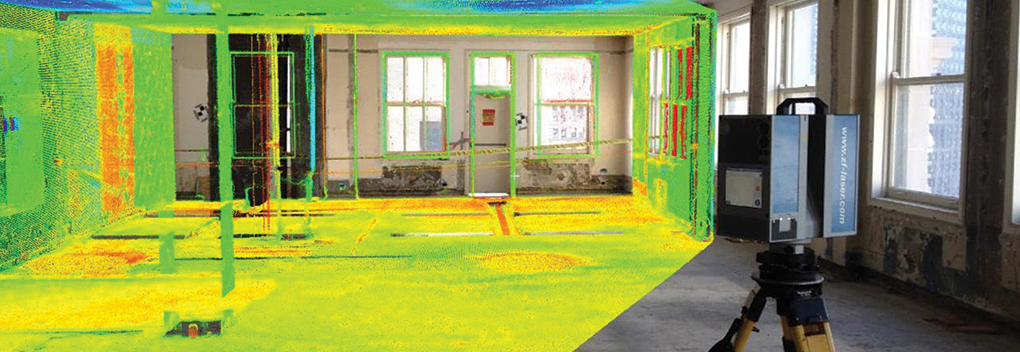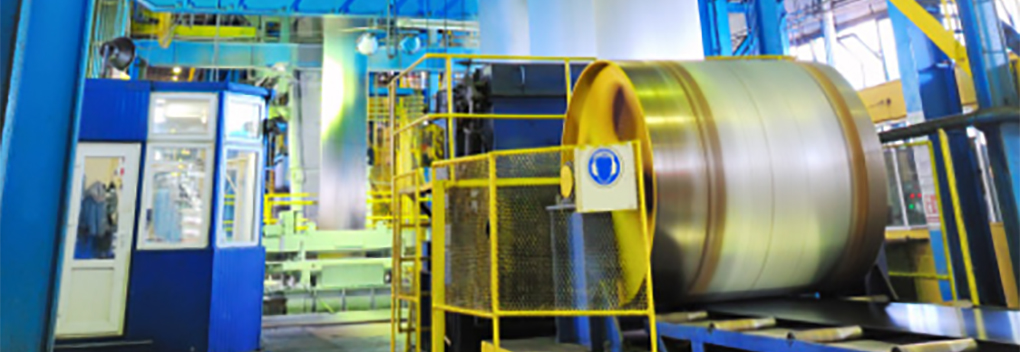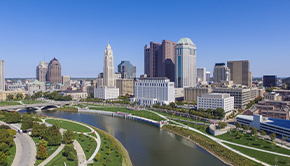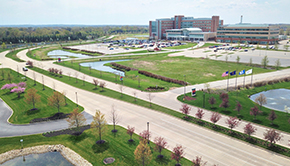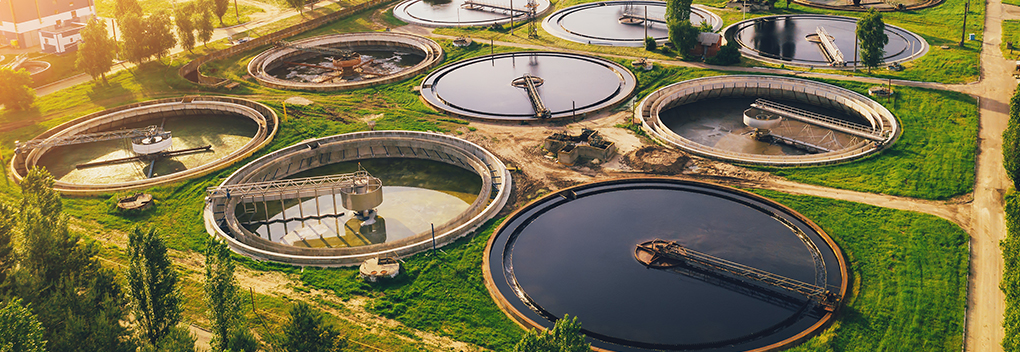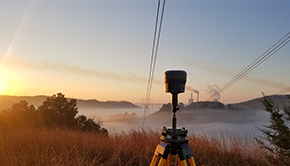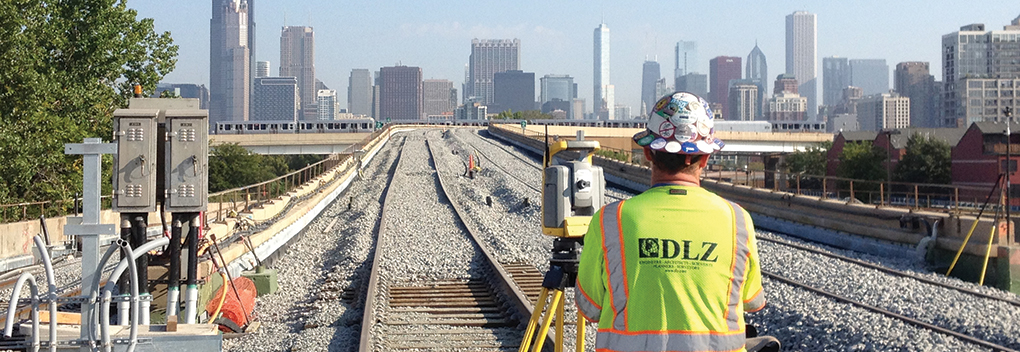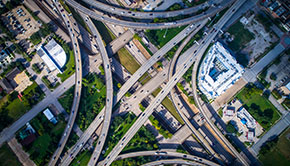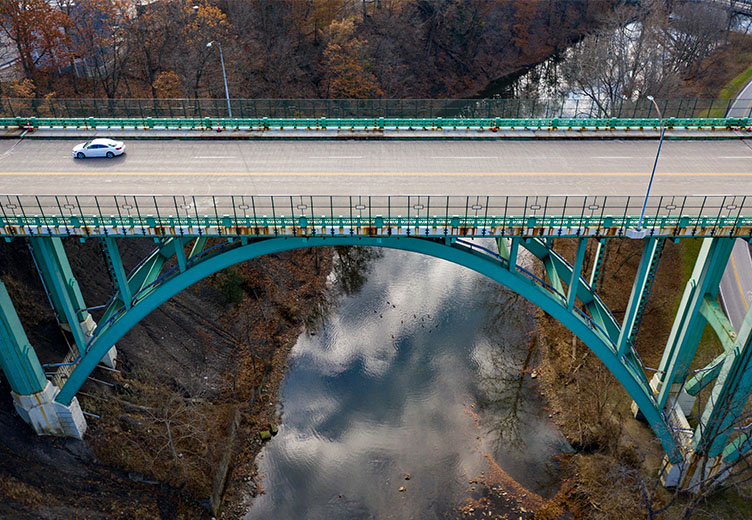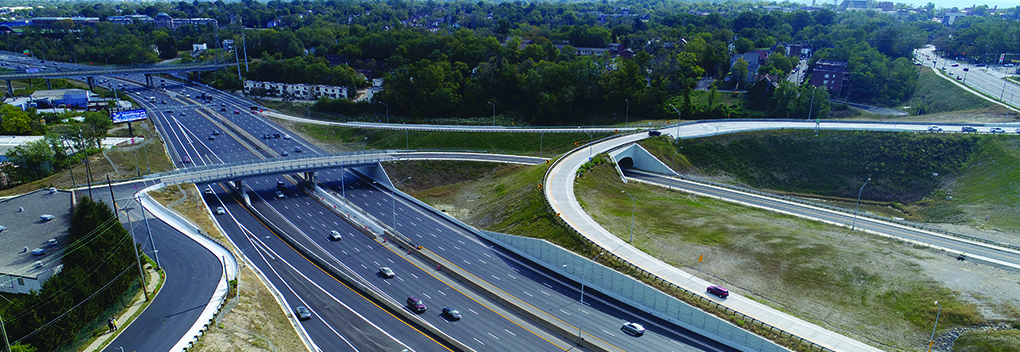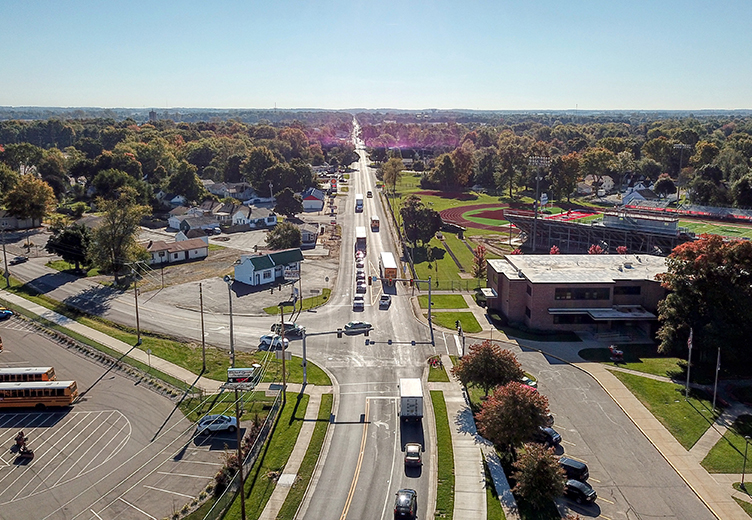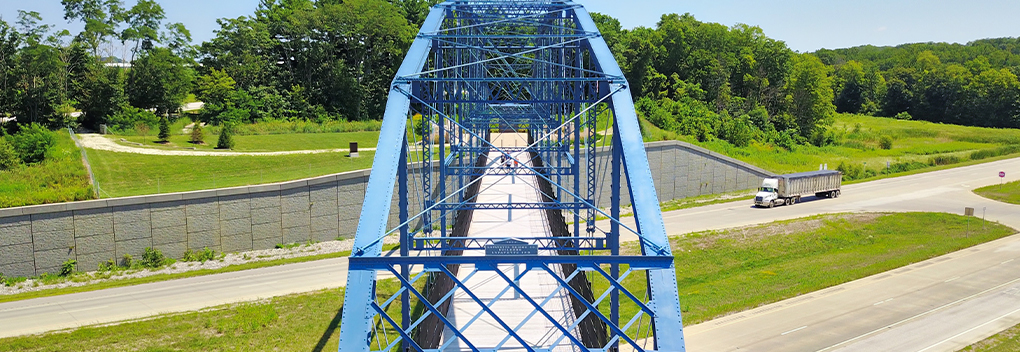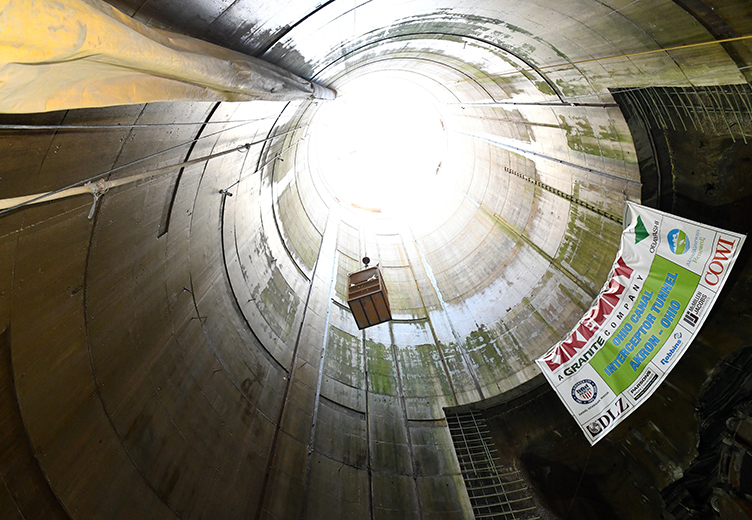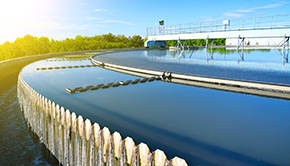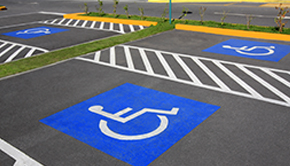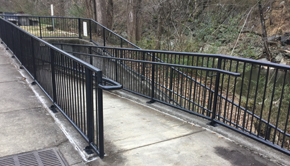In the first Ohio River Basin blog series, I shared an overview of the Ohio River Basin Alliance (ORBA). ORBA is a volunteer group of more than 130 organizations that are working together to sustain healthy ecosystems along the Ohio River and its tributaries and to improve our water-dependent economies.
Since the first Ohio River Basin Summit in 2009, in Covington, Kentucky, there have been 11 summits in 5 states where ORBA members worked to develop goals for the Basin to ensure the quality and quantity of our water will support our environment and local economy. Recently, the U.S. Army Corps of Engineers Louisville District released a study entitled, “Plan for the Ohio River Basin 2020 – 2025”. The purpose of the study was to create a basin-wide strategy that identifies goals, objectives, and actions for improving the ecological well-being, economic health, and quality of life for residents throughout the basin.
In this blog, I will focus on the first goal – ensuring we have abundant clean water.

Fortunately, we who live in the Ohio River Basin live in a water-rich region. Talk to residents in the southwestern states and you’ll understand what an environmental, and economic asset that is. NOAA’s recent drought projection shows extreme and exceptional drought projections for most of the southwest for the coming year.
The categories shown along the bottom of the map reflect how much water is available in streams, lakes, and soils compared to normal amounts for this same time of year. The darker the shade on the map, the more intense the drought conditions. You will notice that the Ohio River Basin is not expected to have drought conditions this year, so we should have enough water to sustain our ecosystems, agricultural industry, and local economies that depend on it. That may not be the case for many of the southwestern states.
Abundant Clean Water
Federal, state, and local agencies have made significant progress in improving water quality in the Basin since the passage of the Clean Water Act in 1972; however, much work still remains to address non-point source pollution, legacy contamination, and contaminants of emerging concern. Water quality and water quantity monitoring are critical in making informed decisions. Expanding the number of gaging stations throughout the Basin will be an important step in managing our water resources in the future. Already realizing this, the USGS has been increasing the number of its gaging stations in the basin over the last ten years.
On the bright side, collectively, ORBA stakeholders have the expertise and experience required to address these water quality and water quantity challenges. The strategic plan lays out a plan for them to work together to accomplish the following five objectives by 2025.
Objective 1: Organizations will work together to increase the number of water bodies in the Basin that meet the Clean Water Act’s standard in 2030 compared to 2020.
Strategic actions that ORBA stakeholders would like to take to meet this objective would be to develop a comprehensive GIS database to support Clean Water Act initiatives and inventory acid mine sites, coal ash ponds, and underground mine pools. Once these sites are inventoried, stakeholders would develop a reclamation strategy to clean up ten high-priority sites. Other steps would be to support agencies’ efforts to implement Clean Water Act requirements through improved water quality standards as well as supporting agencies’ efforts to monitor and assess health risks due to contaminants of concern. Another action would be to expand the number of USGS gages to improve water quality and water flow information.
Objective 2: Develop strategies to enhance current source water protection programs to meet the Safe Drinking Water Act requirements and support organizations that currently do not have source water protection programs.
Actions that ORBA can take to meet this objective are developing a GIS platform to map source water protection areas, listing contaminant source inventories and contaminant spill locations, and other water protection risk zones. It can also expand ORSANCO’s Ohio River Organics Detection System to respond to spills that may impact the Ohio River and its tributaries. Furthermore, it can work with ORSANCO to build water protection strategies for all water bodies in the Basin that serve as a drinking or industrial water source.
Objective 3: Identify water bodies in the Basin with high incidences of harmful algal blooms (HABs) and help stakeholders develop responses to reduce the number of occurrences between 2020 and 2030.
To address this objective, ORBA can develop a GIS platform to map waters that have HAB occurrences in an effort to achieve a reduction in HAB events. They can also support monitoring and response strategies of other organizations to maintain safe recreation and drinking water. In addition, ORBA can identify and inventory point and non-point nutrient sources and work to reduce nutrient contributions into the Ohio River Basin waters.
Objective 4: The Ohio River Valley Water Sanitation Commission (ORSANCO) will assemble water quantity managers from across the basin to identify problems affecting water quantity and recommend strategies to address water shortages.
ORBA can develop a GIS platform to map flood risk areas, drought mitigation planning areas, and water supply deficit or surplus areas. Other actions would be to expand the USGS stream gage network to measure flows in the Basin’s streams more accurately and improve hydrologic and hydraulic models to see how our infrastructure will handle expected climate changes.
Objective 5: Inventory drinking and wastewater system infrastructure needs across the Basin and develop a strategy to maintain these systems.
For this objective, ORBA could develop a GIS platform to inventory drinking and wastewater infrastructure needs in the Basin and work with the USEPA to address these aging assets.
Of course, to do all this work requires funding, so securing the financial resources to take these actions is paramount. Next week we’ll look at the 2nd goal – how we can enhance the Basin’s ecosystems to support the natural habitats and fish and wildlife that depend on them.

